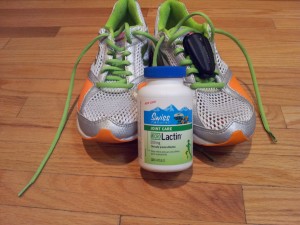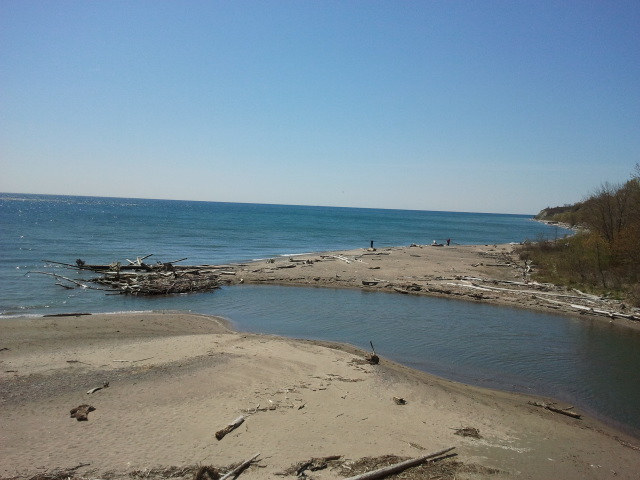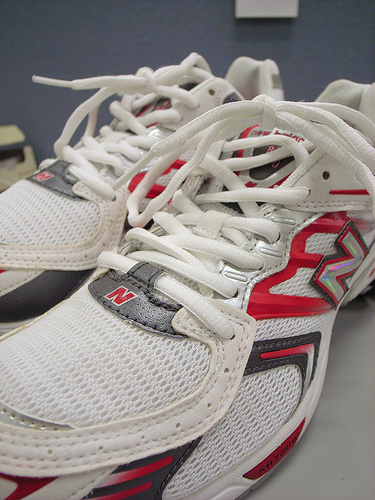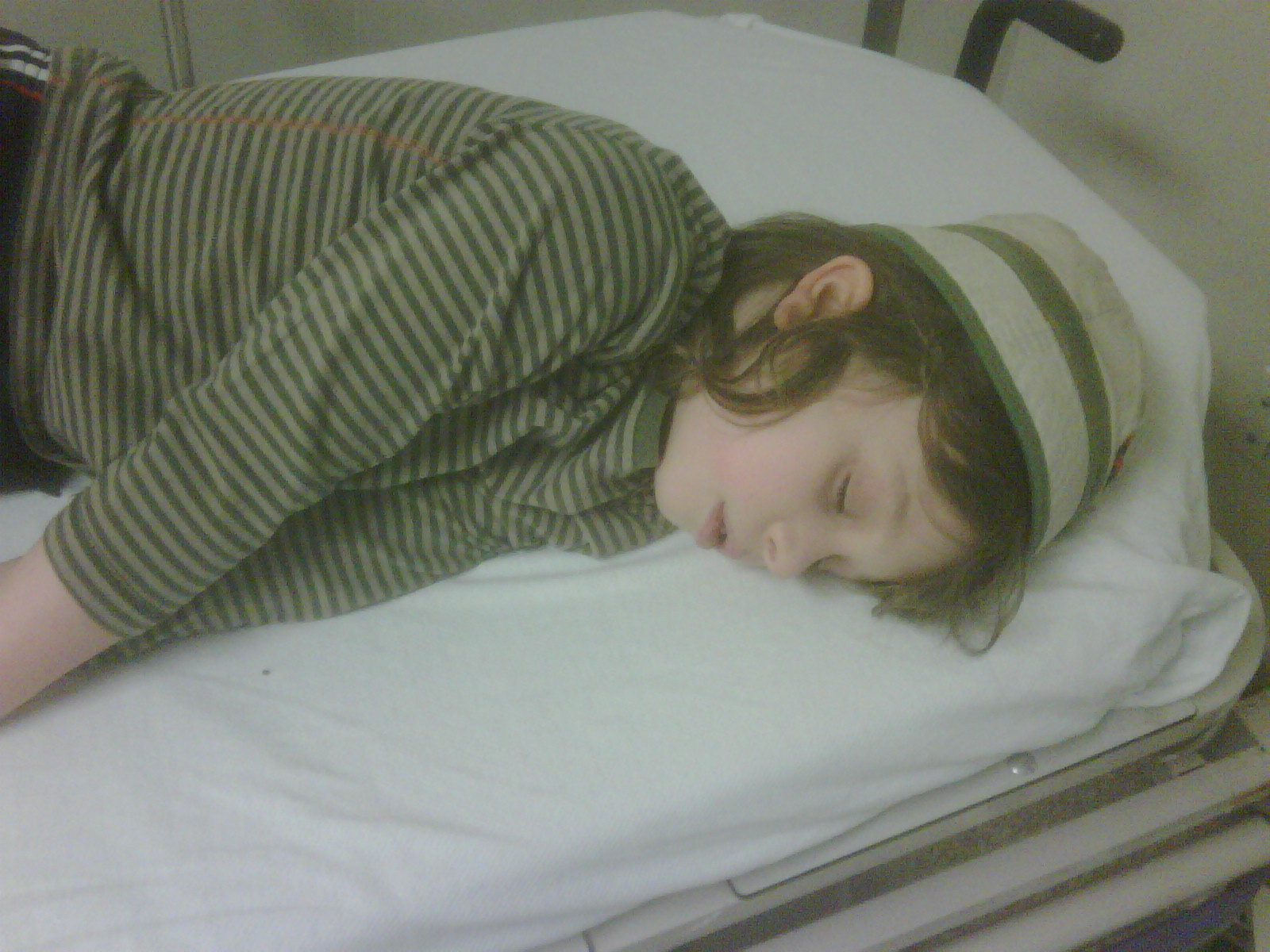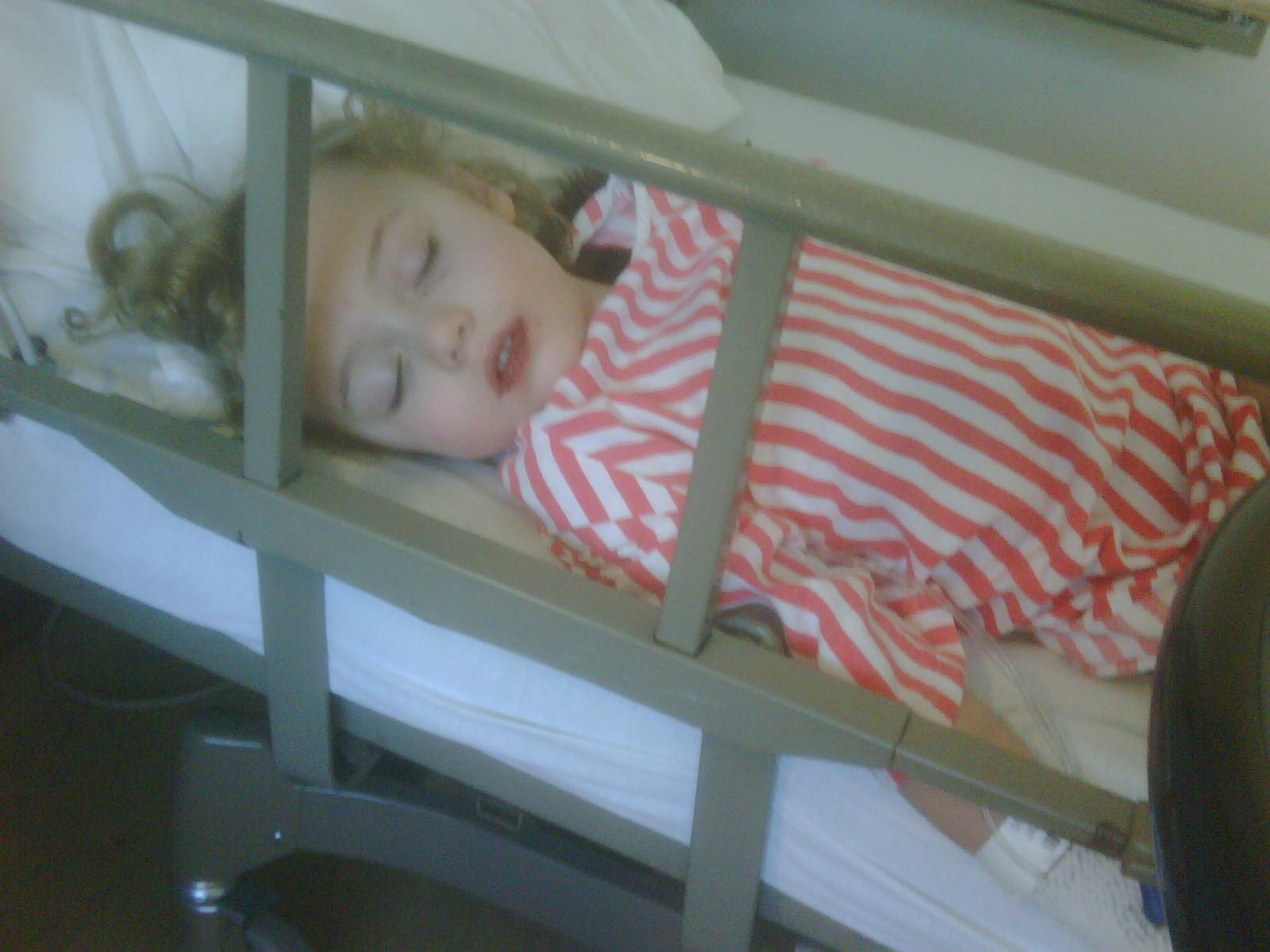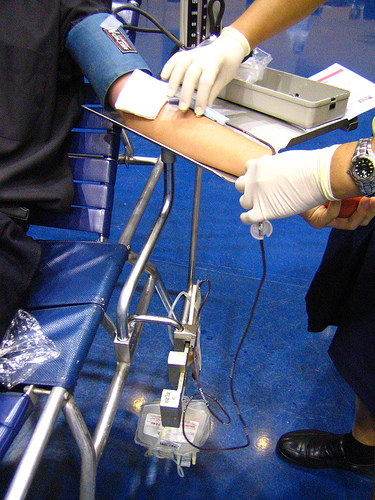When I ran a personal best at last year’s Fall half-marathon, I could barely walk for about a week afterward, and I didn’t even attempt to run for about two weeks. I knew that I should get out and run as soon as possible, that the best cure for tight muscles was motion. But when you have trouble getting from your bedroom to the bathroom without looking like a 200-year-old, the idea of a 5K jog around the neighbourhood is akin to climbing Mount Everest.
Initially I blamed the bag pickup setup at the race. The bag pickup area had been placed at the end of the finish line chute, which meant that twenty thousand runners were forced into a corral the width of a three-lane city street. It was absolute chaos. I stood in that line for two hours waiting for my bag, with no place to stretch or cool down and dehydration making my mind go moggy.
While that experience undoubtedly hindered my race recovery, it could not have been the only factor. All I had to do was cast my mind back to my long training runs. I had been in pain for several days after each one, even when I had not pushed myself particularly hard. There had to be some other factor that was preventing my body from bouncing back in the way that I thought it should.
I was introduced to a supplement called Microlactin in early May, about three weeks prior to the Toronto Womens Half-Marathon. Among the things promised in the promotional material were decreased joint pain and enhanced recovery from strenuous exercise.
Microlactin is made by Swiss Natural, the same company that manufactures the only multivitamin that my body tolerates. The active ingredients are micronutrients found in cow’s milk, that slow the emigration of neutrophils from vascular spaces into the joint spaces.
What’s that? Oh never mind, I didn’t understand that sentence either.
Here’s a translation: the milk proteins in Microlactin help reduce the inflammation associated with joint pain, thereby enhancing mobility and recovery from strenuous exercise. All I had to do was take it for a minimum of two weeks to see these benefits.
Well, this would be interesting. My first thought wasn’t whether this supplement would actually benefit me, but how it would fit in with all of the other stuff I take. My daily regimen already included multivitamins, vitamin D, calcium, and a vitamin B/C complex. Could I really add something else to the mix?
Before taking it, I Googled Microlactin. I didn’t see anything that indicated an adverse reaction to Microlactin, either taken alone or with other supplements. Best of all, it made no difference whether it was taken with or without food.
According to the instructions on the bottle, the recommended dosage is four capsules twice a day. That seemed like an awful lot, especially considering how big the capsules are. I soon found, however, that as long as I swallowed one capsule at a time and washed them down with plenty of water, it wasn’t a problem.
I took my first dose on a Wednesday, and I did a long run the following Sunday. It was an intense phase of my training cycle, so I pushed myself hard on the run. To my amazement, I woke up the following morning feeling nothing more than some residual aching in my hamstrings, which dissipated as the day went on.
Well, this couldn’t be right. No supplement could possibly yield such dramatic results in only four days. The manufacturers themselves made it clear that it could take two weeks to see a difference. I decided that it was a fluke.
The following weekend I ran further, faster and harder. By rights I shouldn’t have been able to get out of bed the next day. Not only did I get out of bed, I was nimble about it. There was none of my usual Monday morning post-long-run moaning and groaning as I got ready for work.
The real test, of course, was the half-marathon on May 27th. By then I had been taking Microlactin for almost three weeks. I was definitely benefiting from it, but now I was going all-out in an attempt to run a personal best.
I ran hard on a tough course, missing my personal best by 25 seconds – no mean feat, especially considering that my iffy ankle was acting up. After the race I was really hurting. My ankle was throbbing painfully and my legs just didn’t want to have anything to do with anything. I hobbled painfully to the designated pickup spot that my husband and I had agreed on prior to the race.
The following morning I woke up, fully expecting to be in a lot of pain. But no! I had some stiffness in my legs, but I was able to move around easily enough. My ankle was very sore, but even that seemed to be better than I would have expected. While I had been focusing on the race recovery aspect of the Microlactin, I had not paid much attention to the fact that it could help ease the pain of a very old injury.
Two days post-race, I had an appointment with my sports massage therapist. When I walked into his office, he looked up in surprise and said, “What happened? Did you miss your race?”
“Ummmm, no, I was there,” I replied, going on to give him an account of my run.
“So why aren’t you hobbling in here on one leg like you always do after your races?”
During the massage itself, the massage therapist was amazed at how loose my muscles were. When I told him why this was, he joked that Swiss Natural Microlactin was going to put him out of work.
The following day I went out for a leisurely but very comfortable 6km run, and two weeks later, I am ready to start my training program for my autism run in October. This time, I will take Swiss Natural Microlactin throughout my training. Speedier recoveries might just help push me to a personal best time.
(Photo credit: Kirsten Doyle)
(Disclaimer: this review, which is kindly sponsored by Swiss Natural, is based on my own personal experiences and observations. Any statements made here or elsewhere on Running for Autism are not intended to replace the advice of a certified medical professional.)





